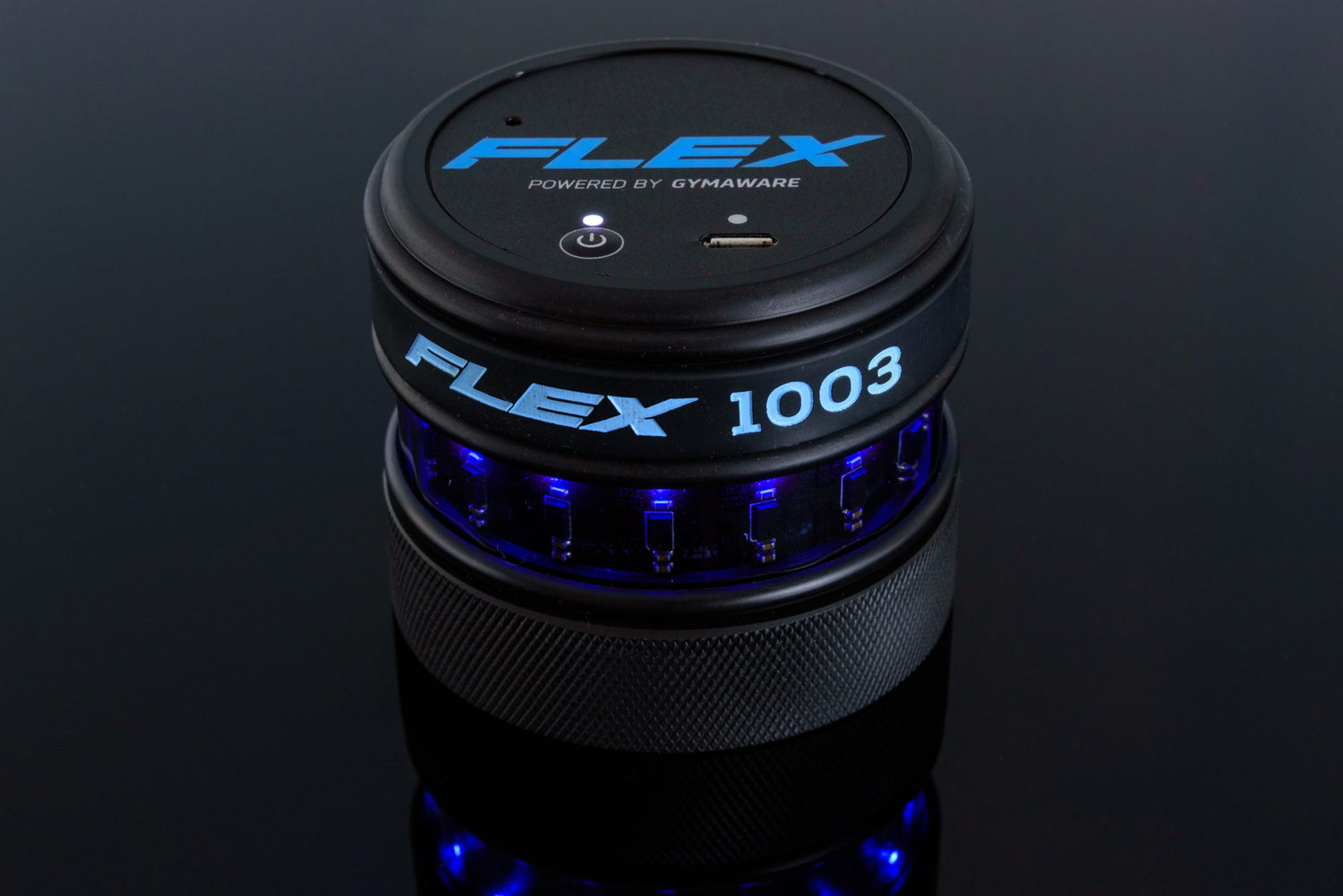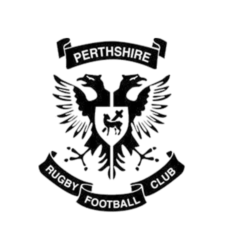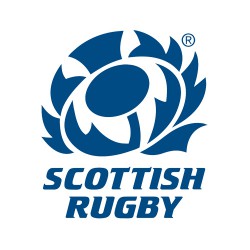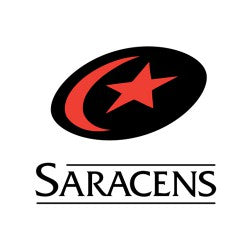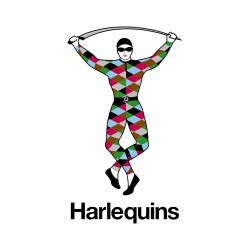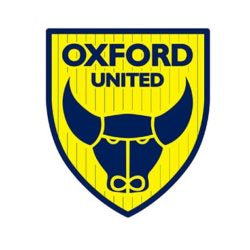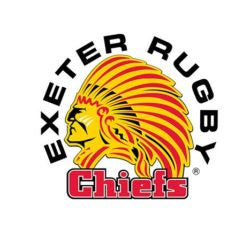Abstract
Both athletic and nonathletic population when subjected to any unaccustomed or unfamiliar exercise will experience pain 24-72 hours postexercise. This exercise especially eccentric in nature caused primarily by muscle damage is known as delayed-onset muscle soreness (DOMS). This damage is characterized by muscular pain, decreased muscle force production, reduce range of motion and discomfort experienced. DOMS is due to microscopic muscle fiber tears. The presence of DOMS increases risk of injury.
A reduced range of motion may lead to the incapability to efficiently absorb the shock that affect physical activity. Alterations to mechanical motion may increase strain placed on soft tissue structures. Reduced force output may signal compensatory recruitment of muscles, thus leading to unaccustomed stress on musculature. Differences in strength ratios may also cause excessive strain on unaccustomed musculature. A range of interventions aimed at decreasing symptoms of DOMS have been proposed. Although voluminous research has been done in this regard, there is little consensus among the practitioners regarding the most effective way of treating DOMS.
Mechanical oscillatory motion provided by vibration therapy. Vibration could represent an effective exercise intervention for enhancing neuromuscular performance in athletes. Vibration has shown effectiveness in flexibility and explosive power. Vibration can apply either local area or whole body vibration. Vibration therapy improves muscular strength, power development, kinesthetic awareness, decreased muscle sore, increased range of motion, and increased blood flow under the skin. VT was effective for reduction of DOMS and regaining full ROM. Application of whole body vibration therapy in postexercise demonstrates less pressure pain threshold, muscle soreness along with less reduction maximal isometric and isokinetic voluntary strength and lower creatine kinase levels in the blood.
Authors: Zubia Veqar and Shagufta Imtiyaz
